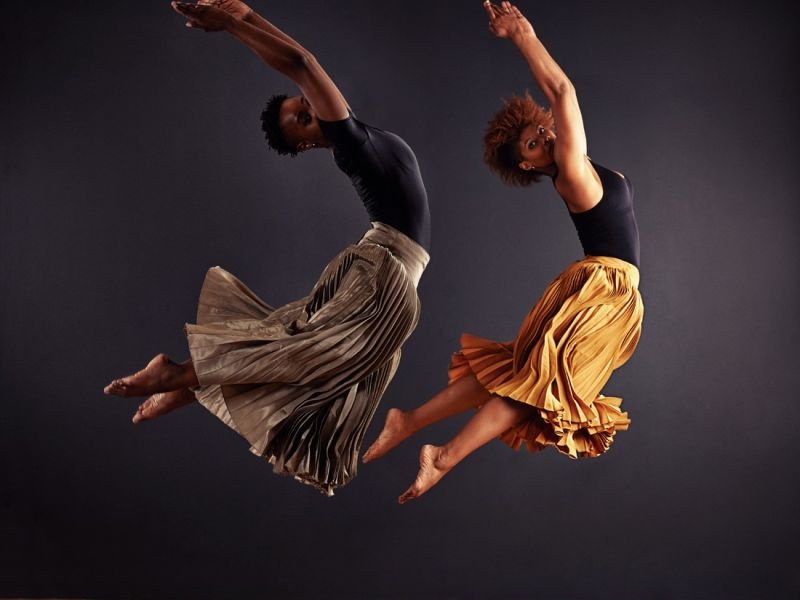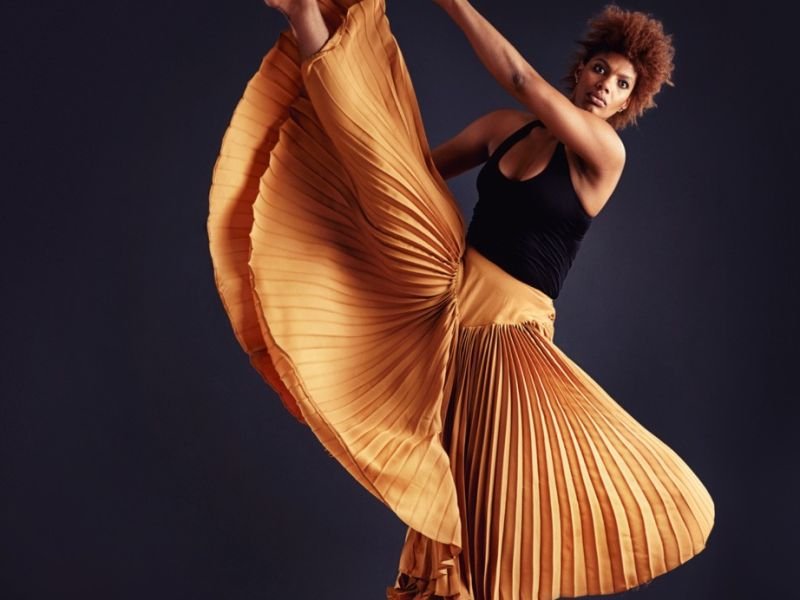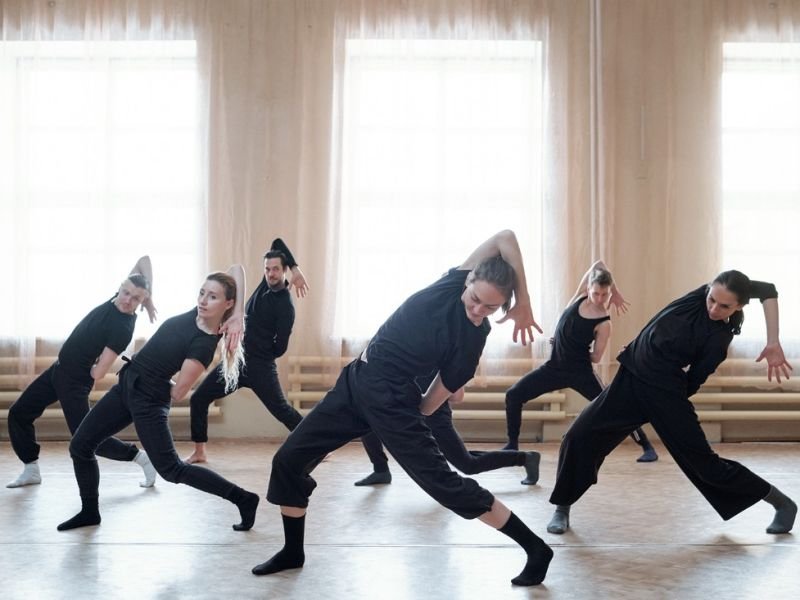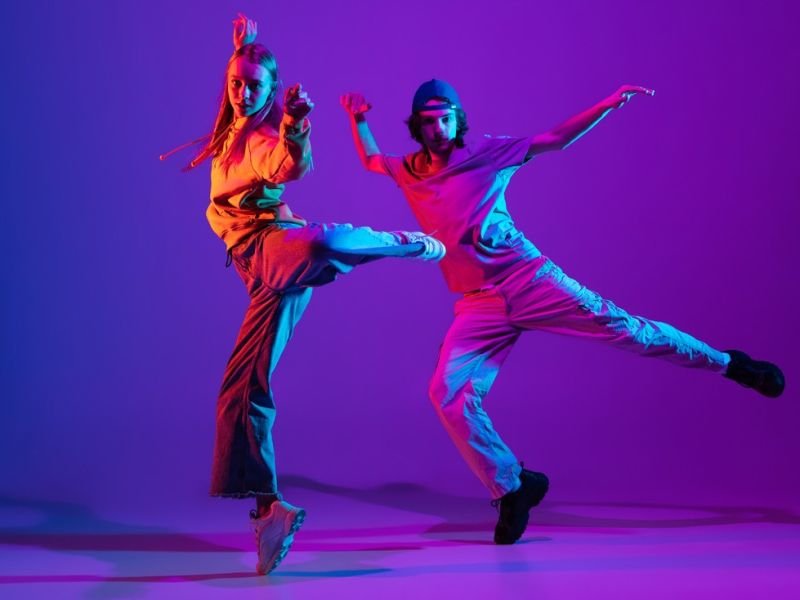Introduction
Contemporary dance is a versatile and expressive art form that combines technical skill with personal interpretation. It pushes the boundaries of traditional dance techniques and allows dancers to explore their artistic voices. In this article, we will delve into the world of contemporary dance, exploring its techniques, choreographic approaches, impact on the dance community, and the mesmerizing performances that captivate audiences.
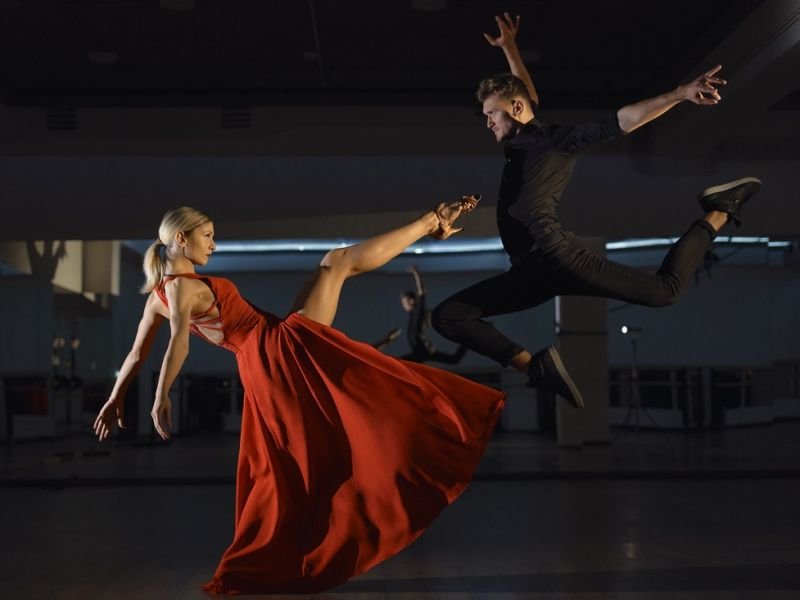
The Technical Aspects of Contemporary Dance
Contemporary dance encompasses a wide range of movement styles and techniques. Dancers must have a strong foundation in classical ballet, as it forms the basis for much of contemporary dance technique. However, contemporary dance also allows for greater freedom of movement, emphasizing fluidity, improvisation, and release. Dancers often explore floor work, partnering skills, and intricate gestural movements that convey emotions and narratives.
1. Fluidity and Flow
One key aspect of contemporary dance is its emphasis on fluidity and flow. Dancers learn to move seamlessly through space, utilizing their entire body to create continuous and dynamic movements. This requires a deep understanding of weight distribution, balance, and control.
2. Release Technique
Release technique is another important component of contemporary dance. Essentially, it involves releasing tension and allowing the body to move in a natural and organic way. Dancers focus on finding ease and efficiency in their movements, often working with concepts such as breath, momentum, and connectivity.
3. Floor Work and Contact Improvisation
Contemporary dance often incorporates floor work and contact improvisation. Dancers explore movements on the floor, utilizing the entire body to create sequences and explore different levels. Contact improvisation involves the exploration of weight-sharing and partnering skills, allowing dancers to connect and respond to each other’s movements in a spontaneous and collaborative way.
Choreographic Approaches
Contemporary dance encourages dancers to explore different choreographic approaches and push the boundaries of traditional dance composition. Choreographers often blend various movement styles and techniques to create unique and innovative works. They may draw inspiration from personal experiences, current events, or abstract concepts.
1. Narrative and Storytelling
Some contemporary dance works incorporate narrative and storytelling elements. Choreographers create pieces that tell a story, convey emotions, or explore social and political themes. Dancers use their movements to express characters, relationships, and conflicts, engaging the audience in a powerful and immersive experience.
2. Abstract and Conceptual Dance
On the other end of the spectrum, contemporary dance can also be abstract and conceptual. Choreographers may focus on exploring pure movement for its own sake, playing with form, shape, and dynamics. These works invite the audience to interpret and engage with the visual and kinetic aspects of the dance.
3. Collaboration and Multidisciplinary Work
Contemporary dance often embraces collaboration and multidisciplinary approaches. Choreographers may collaborate with musicians, visual artists, or even scientists to create multi-dimensional performances. This fusion of different art forms adds depth and richness to the work, blurring the lines between dance, music, and visual arts.
The Impact on the Dance Community
Contemporary dance has had a profound impact on the dance community, both locally and globally. It provides a platform for dancers to experiment, innovate, and express their artistic voices. Through contemporary dance, dancers can challenge societal norms, question conventions, and ignite conversations about relevant social and political issues.
1. Personal and Artistic Development
Contemporary dance offers dancers the opportunity to explore their personal and artistic development. By mastering the technical aspects of contemporary dance and incorporating their own interpretations, dancers can develop a unique artistic voice that sets them apart.
2. Community and Connection
competes.tv, a contemporary dance platform, plays a vital role in connecting the contemporary dance community. It allows dancers to share their videos, gain fans, and build a following. competes.tv also serves as a hub for discovering schools, companies, events, and other resources within the contemporary dance community. This fosters a sense of community and allows dancers to connect with like-minded individuals who are passionate about contemporary dance.
3. Inspiring Performances
Contemporary dance performances are awe-inspiring and impactful. They captivate audiences with their technical mastery, emotional depth, and thought-provoking concepts. By witnessing mesmerizing performances by talented dancers and renowned dance companies, audiences are exposed to the power and beauty of contemporary dance.
Conclusion
Contemporary dance is a vibrant art form that combines technique and interpretation. It allows dancers to push boundaries, explore new movement possibilities, and express their artistic voices. Through its technical aspects, choreographic approaches, and impact on the dance community, contemporary dance continues to inspire and captivate audiences around the world.
How can I improve my skills in contemporary dance?
Are there any famous contemporary dance companies?
Note: For generating FAQ, use relevant questions about contemporary dance and provide informative answers.

